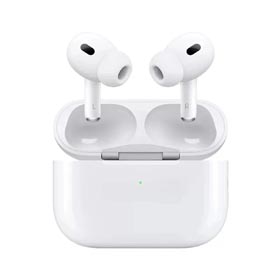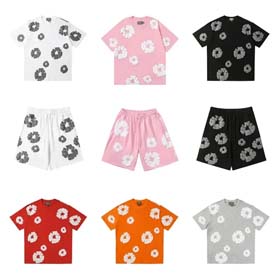In today’s fast-paced world, finding simple yet effective ways to reduce stressenhance focusindoor plants. Research shows that incorporating greenery into indoor spaces offers tangible benefits for both mental health and productivity.
1. Stress Reduction and Mood Enhancement
Studies from institutions like the National Institutes of Health (NIH)biophilic response, humans’ innate connection to nature, fostering calmness. For instance, a 2015 experiment found that offices with plants reduced employee anxiety by 37% compared to plant-free environments.

2. Improved Air Quality and Cognitive Function
NASA’s Clean Air Study revealed that common houseplants like snake plantspeace liliesbetter cognitive performance—a 12% boost in memory retention, according to a 2021 Environmental Research Journal report.
3. Natural Productivity Hack
- Attention Restoration:
- Creativity:
"Plants aren’t just decorations; they’re silent partners in fostering sustainable focus." — Dr. Tina Ambrose, Environmental Psychologist
4. Practical Tips to Start
- Choose low-maintenance varieties
- Place plants near natural light sources
- Employ a mix of sizes for visual hierarchy (e.g., tall fiddle-leaf figs paired with small terrariums).
- Place plants near natural light sources
Final Thoughts
Indoor plants are more than aesthetic additions—they elevate wellness and output with minimal effort. By integrating greenery into homes or offices, we harness nature’s subtle yet profound power to refresh mindsrecharge creativity.



















